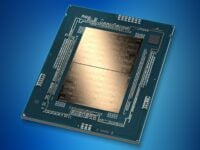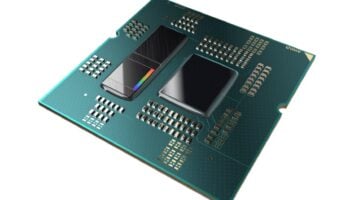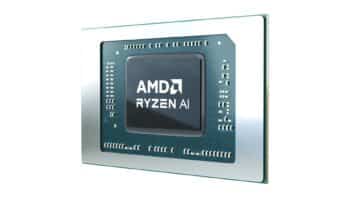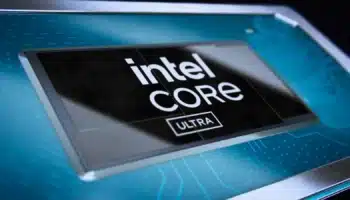The U.S. Department of Defense, through the NSTXL consortium-based S2MARTS OTA, has awarded Intel an agreement to provide commercial foundry services in the first phase of its multi-phase Rapid Assured Microelectronics Prototypes – Commercial (RAMP-C) program. The RAMP-C program was created to facilitate the use of a U.S.-based commercial semiconductor foundry ecosystem to fabricate the assured leading-edge custom and integrated circuits and commercial products required for critical Department of Defense systems. Intel Foundry Services, Intel’s dedicated foundry business launched this year, will lead the work.
One of the most profound lessons of the past year is the strategic importance of semiconductors and the value to the United States of having a strong domestic semiconductor industry. Intel is the sole American company both designing and manufacturing logic semiconductors at the leading edge of technology. When we launched Intel Foundry Services earlier this year, we were excited to have the opportunity to make our capabilities available to a wider range of partners, including in the U.S. government, and it is great to see that potential being fulfilled through programs like RAMP-C.
Pat Gelsinger, Intel CEO
Intel Foundry Services will partner with industry leaders, including IBM, Cadence, Synopsys, and others, to support the U.S. government’s needs for designing and manufacturing assured integrated circuits by establishing and demonstrating a semiconductor IP ecosystem to develop and fabricate test chips on Intel 18A, Intel’s most advanced process technology.
“The RAMP-C program will enable both commercial foundry customers and the Department of Defense to take advantage of Intel’s significant investments in leading-edge process technologies,” said Randhir Thakur, Intel Foundry Services president. “Along with our customers and ecosystem partners, including IBM, Cadence, Synopsys, and others, we will help bolster the domestic semiconductor supply chain and ensure the United States maintains leadership in both R&D and advanced manufacturing. We look forward to a long-term collaboration with the U.S. government as we deliver RAMP-C program milestones.”
In other words, the US Government and its institutions will continue to work with domestic chipmakers to design its infrastructure, including chips, networking equipment, and memory. It’s unclear just how far into the future is this project expected to actually come to fruition considering the use of the advanced nodes, but you can be sure that won’t happen this year or the next, or perhaps not even the year after.
All-in-all, it just shows just how much money the US government has been pumping into Intel, and yet the chipmaker has fallen behind its Asian competitors. Fortunately for Intel, there isn’t any other chipmaker of the same scale based out of the US that the government can actually inject funds into. IBM is there, but they’re largely limited to certain segments of the enterprise market.






